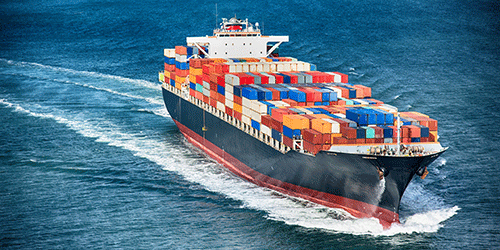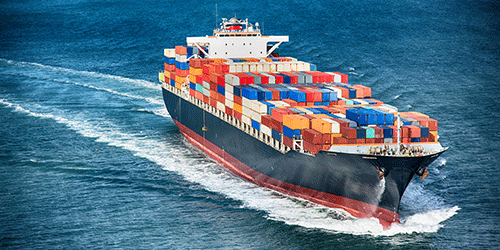How to Make Superhydrophobicity Last
Coating a ship’s hull with a strongly water repellent material could lower the vessel’s drag in the water. A popular form of such a superhydrophobic material works because it has a rough surface that traps a lubricating cushion of air. But this type of material has yet to be utilized on ships, as the air layer tends to degrade with time. Researchers have now pinpointed certain conditions in the fluid that, if met, would lead to a more enduring air layer—though the conditions might be difficult to meet for ships.
The short-lived air layer is a well-known hurdle when it comes to using superhydrophobic materials for applications. For example, when a lotus leaf—the icon of superhydrophobicity—is submerged under 5 m of water, the air layer diffuses away in less than 2 min.
Huiling Duan and colleagues from Peking University, China, considered a superhydrophobic surface with a thermodynamic model that accounts for the diffusion of gas between the trapped air layer and the surrounding water. They found that an equilibrium state exists in which the total amount of air in the layer doesn’t change, provided there’s a sufficient quantity of gas dissolved in the water. Directly controlling the amount of dissolved gas in a body of water is tricky in the lab—let alone at sea. But the team’s experiments on lotus leaves and artificial superhydrophobic surfaces show that this control can be achieved indirectly in sealed systems by adjusting the pressure of the water acting on the surface. The team tested their idea on a lotus leaf, showing they could extend the air-layer lifetime to at least four hours—the maximum length of their experiments.
This research is published in Physical Review Letters.
–Katherine Wright
Katherine Wright is a Contributing Editor for Physics.





